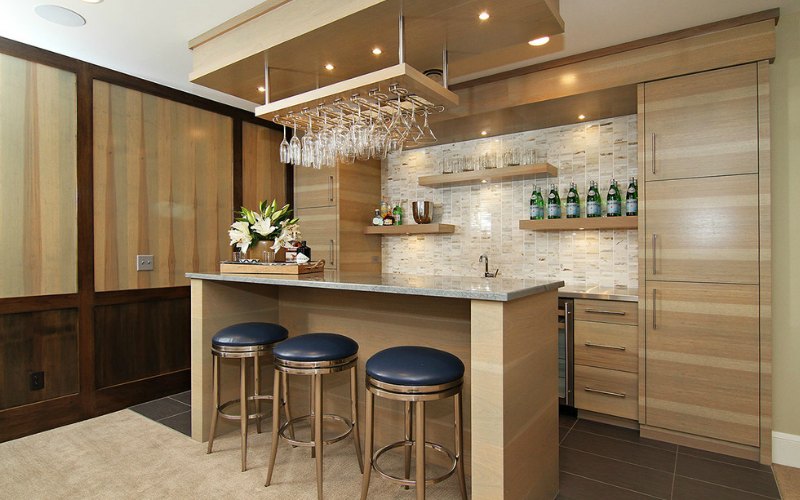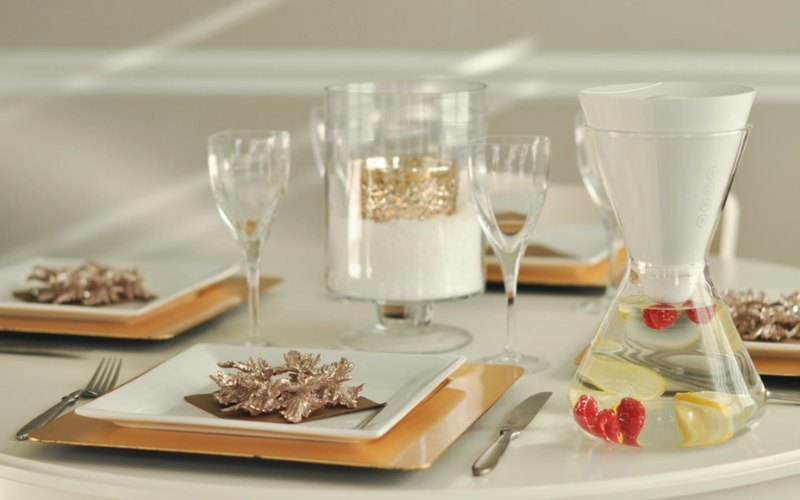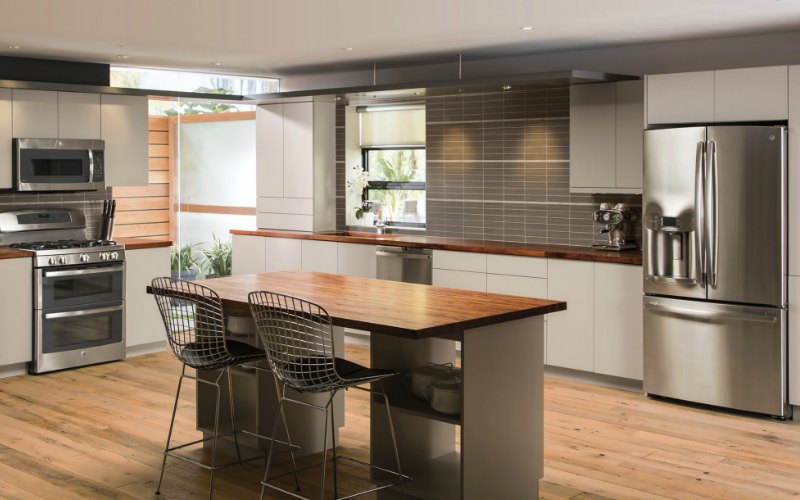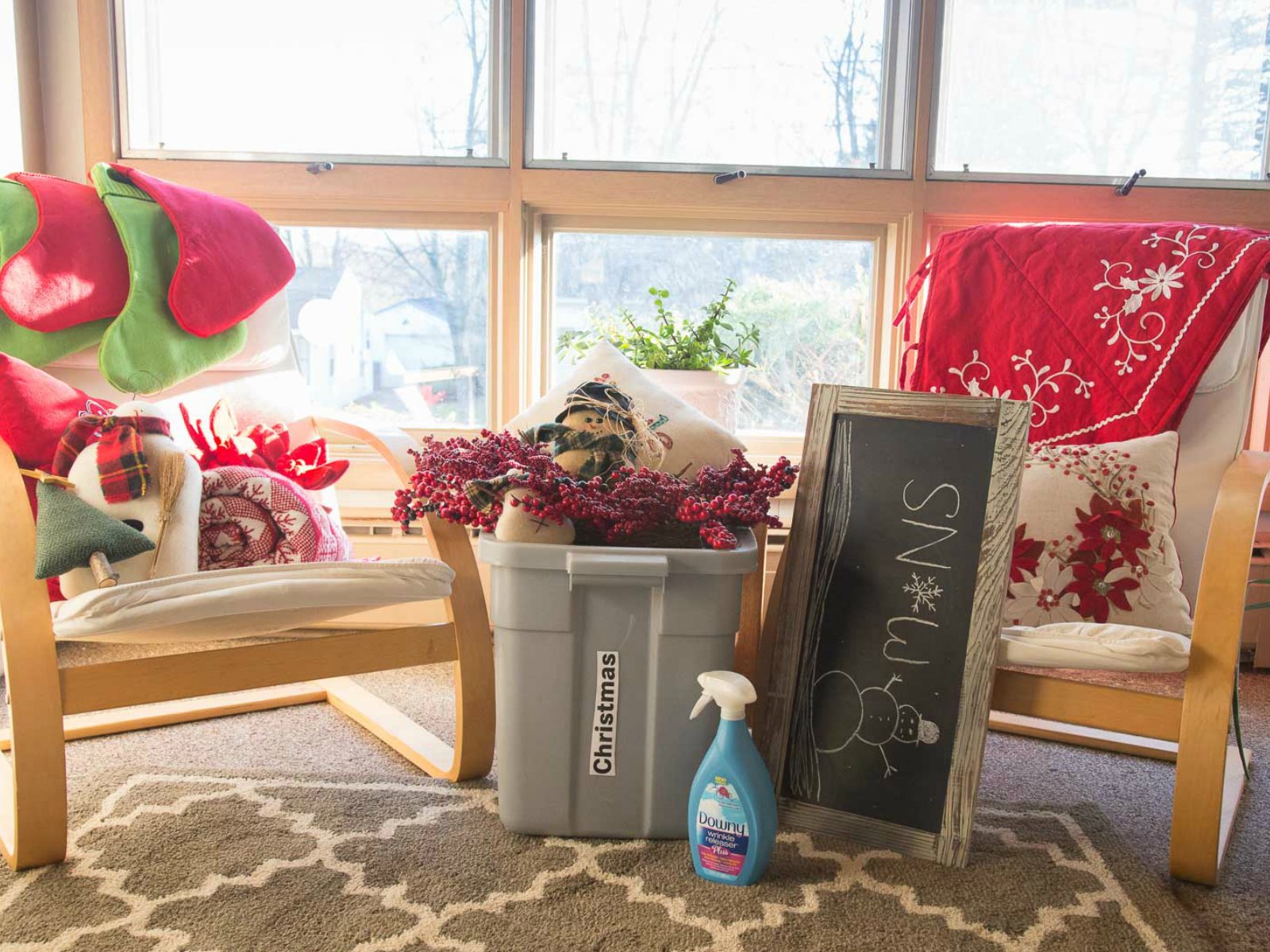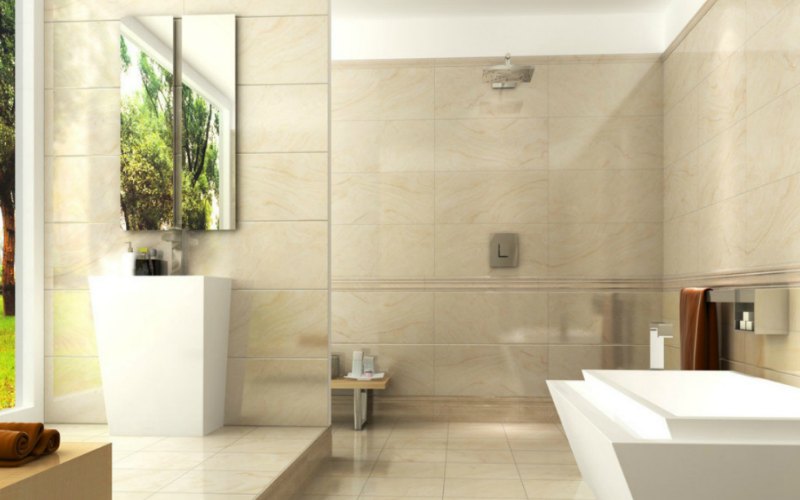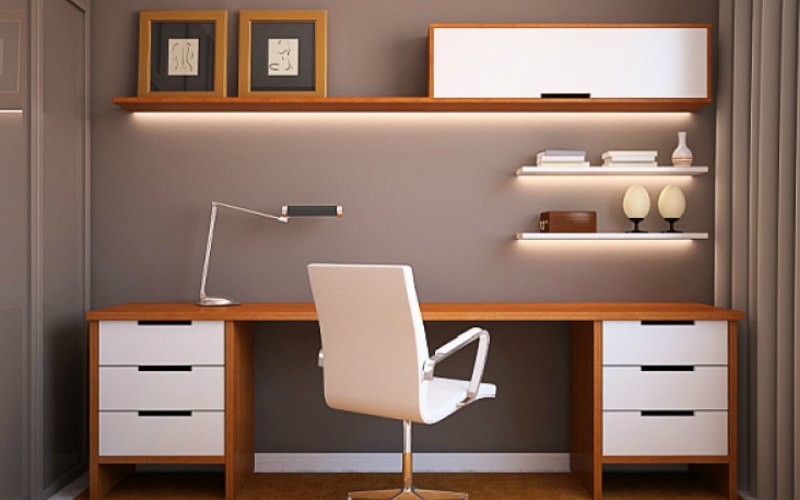
Creating Your Minimalist Office
Your office is the space where the greatest amount of work is to be completed. You are expected to finalize projects, set schedules and agendas, and perform at your highest ability. If it is a home office, it may also be the space where you file your taxes or set out to plan your family gatherings and exciting events. Essentially, your office space is used to complete important and meaningful work. However, so often, our office becomes overcrowded and underutilized. It often becomes the home for piles of unorganized papers, misplaced sticky notes, and the random morsels of food left behind from when we had to work through lunch. With all of this chaos, it becomes quite difficult for us to function at our best in our office space. However, with a few tweaks and a little refocusing, you can have the minimalist office of your dreams. You will once again be able to work and function at your best in the space, while also feeling calmer and more content during your working hours. Here are a few tips to get you started!
Declutter
One of the greatest issues found in any given office is the amount of clutter found in the space. The examples of such clutter are endless- unsorted papers, misplaced or retired sticky notes, food, pens strewn about, unnecessary décor items, and the list goes on. What makes this clutter so detrimental to your office is that it not only takes up room in your physical space but your mental space as well. It limits your capacity to get your meaningful work done in a punctual timeframe. Although it may seem time consuming, decluttering your space completely is the first step in creating a minimalist office space. Begin by removing everything from the space including furniture (if possible), papers, décor, rugs, etc. It is important to see your office as a blank slate rather than trying to work at organizing the already cluttered space. Once the space is empty, bring only the elements that are fundamental to your work back into the office. Necessary items may include a comfortable chair, large desk, important papers, a computer, and whatever else you may need to complete your work. The leftover items that do not belong in the office can either find a spot in your home, be donated, or discarded completely. The point is they should not reenter your clean space.
Remodel
If your office is filled with bright colors, busy wallpaper prints, or unworkable built-in cabinets, it may be necessary to rework your space before bringing items back into the room. Small adjustments like a fresh coat of paint, new flooring, or removing bulky pieces of furniture, can help a space feel fresher, cleaner, and less busy. When selecting colors for your office, considering sticking to a greyscale or pastel palette such as whites, greys, subtle blues, greens, and yellows. It is also important to select surfaces and flooring that are smooth and provide clean lines. If you prefer carpet as flooring, consider selecting hardwood or another smooth surface, and then opting for a nice area rug. Carpet not only detracts from the clean minimalist lifestyle, but quite often it makes the space overly comfortable, and as a result, you are less likely to be alert and focused in your office. It is equally necessary for you to remove any bulky furniture that seems to consume the space. Hand select a desk, chair, and cabinets that provide clean lines, simple storage solutions, and easy access to all of your important files and projects. Proper lighting is also crucial when creating a minimalist office. The fluorescent lighting found in many offices often wreaks havoc on our eyes, causing them to strain to read documents or resulting in headaches throughout the day. Exchange florescent lights with natural lighting from windows or purchase lights that fall within the natural light spectrum. This will allow for your eyes to be less strained when you are working long hours. If you must work into the evening, you may also want a desk or end table lamp that produces a softer light in order for you to feel more comfortable in your space and allow a more restful state, making sleep easier for you when you get home.
Organize
The next step in creating a minimalist office is to organize the items you have selected to bring back into your space. Begin with the larger pieces such as the desk, office chair, and cabinets. Arrange these items in a way that allows for workflow to happen efficiently and effectively throughout the day. For example, if you meet with clients on a regular basis, do not place your desk where you or the client have to squeeze passed another piece of furniture to sit at the desk comfortably. Format your furniture so you can reach the items you need to reach easily, but also allow for space in the room so clients and coworkers feel comfortable when walking into your office. Once the bigger furniture pieces are organized, you need to arrange the smaller items in a way that is both functional and aesthetically pleasing. This process can be done by picking one area to start with and then moving throughout the room. For example, if you start with your desk, consider what items need to be on the surface versus those items that would be more beneficial placed in drawers. Keep in mind the less items on the surface of your desk makes it more appealing and clean in order for you to function at your best. Too much clutter on your desk, and it will become easier for your mind to wander and less work will be completed. Every item must have a home and be put back in its home every time you are finished working with it. This will keep your space clean and functional and also eliminate the time spent decluttering each week.
Add a Few Personal Touches
If you are feeling like your office is a bit impersonal, consider adding a few personal items to your space. A photograph of a loved one, a favorite plant, or desk lamp make great additions to any space. However, be sure to consider the overall aesthetic of each item. For example, consider the frame for your photo, the pot for your plant, or the lines, material, or spectrum of light for your lamp. The smallest details impact your overall space when you are designing a minimalist office.
Have a Plan
After decluttering, remodeling, and organizing your workspace, the greatest tool when creating a minimalist office is to keep your space as clean and organized as the day you designed it. When you are done with certain papers or tools, you throw them away. When you pay a bill, or finish with a file, you put it away in its proper place. This will allow for your space to remain uncluttered and for you to function at your best. Creating a minimalist office allows your work to be completed efficiently and to the best of your ability. By removing the clutter and setting up your space with your workflow in mind, you create a work environment of productivity and efficiency. Keep it clean, keep it sleek, and keep it organized, and you will discover the perks of working in a minimalist office.






